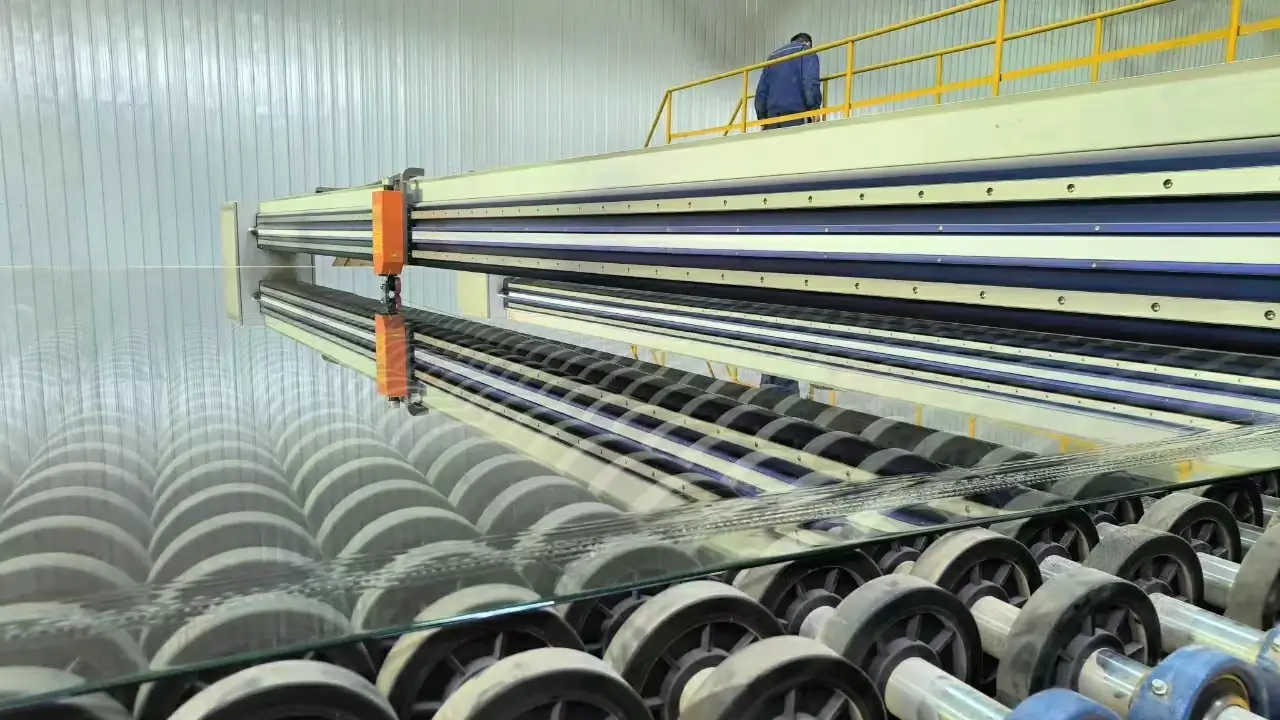

The Importance of Low-E Safety Glass in Modern Architecture
In the world of architectural design, safety and energy efficiency are paramount considerations. Among the various materials available today, low-emissivity (Low-E) safety glass stands out as a crucial innovation that addresses both concerns. This article explores the benefits and applications of Low-E safety glass, emphasizing its advantages for buildings and occupants.
Understanding Low-E Safety Glass
Low-E glass is part of a class of materials designed with a special coating that reduces the amount of infrared and ultraviolet light that passes through it without compromising the amount of visible light. This coating plays a significant role in enhancing energy efficiency by reflecting heat back into the building during colder months and minimizing heat gain in warmer months. The safety aspect comes from the type of glass used, which is often tempered or laminated, making it less likely to shatter and injure individuals in the event of an accident.
Energy Efficiency and Cost Savings
One of the primary advantages of Low-E safety glass is its capacity to significantly reduce energy costs. Buildings equipped with Low-E glass windows have been shown to lower heating and cooling expenses by up to 30%. This is particularly important in regions with extreme weather conditions where temperature regulation is critical. By minimizing energy consumption for climate control, Low-E safety glass not only reduces utility bills but also lessens the environmental impact associated with excessive energy use.
Furthermore, the reduction of ultraviolet rays helps protect interior furnishings, carpets, and artwork from fading. This contributes to longer-lasting materials and reduces the need for replacements or repairs, leading to further cost savings over time.
Enhanced Comfort and Well-being
Low-E safety glass also contributes to enhanced occupant comfort. With its effective insulation properties, it helps maintain a more consistent indoor temperature, reducing draftiness and hot spots near windows. This can lead to improved indoor air quality as well, since environments with stable temperatures can better sustain healthy humidity levels.

Additionally, the ability of Low-E safety glass to filter sunlight helps minimize glare, which can be a significant issue in office buildings and homes with large windows. By creating a more comfortable and visually appealing environment, occupants can enjoy their spaces more, leading to increased productivity and overall well-being.
Safety and Security
The safety aspect of Low-E glass cannot be overlooked. When utilized as tempered or laminated glass, it provides a higher level of impact resistance, making it less prone to breakage during accidents or severe weather conditions such as hailstorms. In commercial buildings, this feature is especially important, as it protects both the structure and its occupants.
Moreover, the incorporation of Low-E safety glass into building designs often results in enhanced security. Laminated glass, in particular, is difficult to penetrate, providing an additional deterrent against break-ins. This dual benefit of energy efficiency and security makes Low-E safety glass a wise investment for both residential and commercial properties.
Aesthetic Appeal
In addition to its functional advantages, Low-E safety glass can enhance the aesthetic appeal of a building. It allows for larger expanses of glass, creating bright, open spaces that are visually striking. Modern architecture often prioritizes natural light, and Low-E glass facilitates this by providing transparency while maintaining energy efficiency.
Architects can take advantage of Low-E safety glass in various designs, from sleek commercial buildings to elegant residential homes, knowing that they are choosing a material that respects both form and function.
Conclusion
In summary, Low-E safety glass is a revolutionary product that addresses the critical needs of energy efficiency, safety, and aesthetic appeal in modern architecture. Its ability to reduce energy costs, enhance occupant comfort, improve safety, and provide beautiful design options makes it an invaluable asset in the construction and renovation of buildings. As the industry continues to prioritize sustainable and safe building practices, Low-E safety glass will undoubtedly play a central role in shaping the future of architecture.